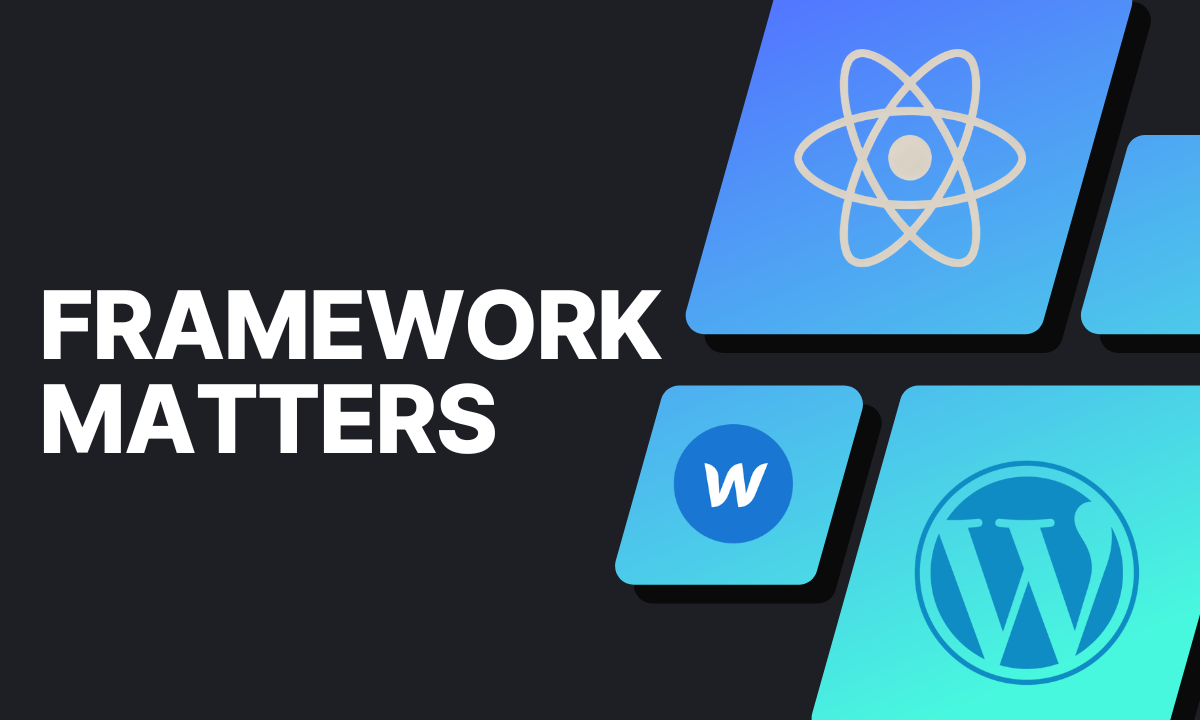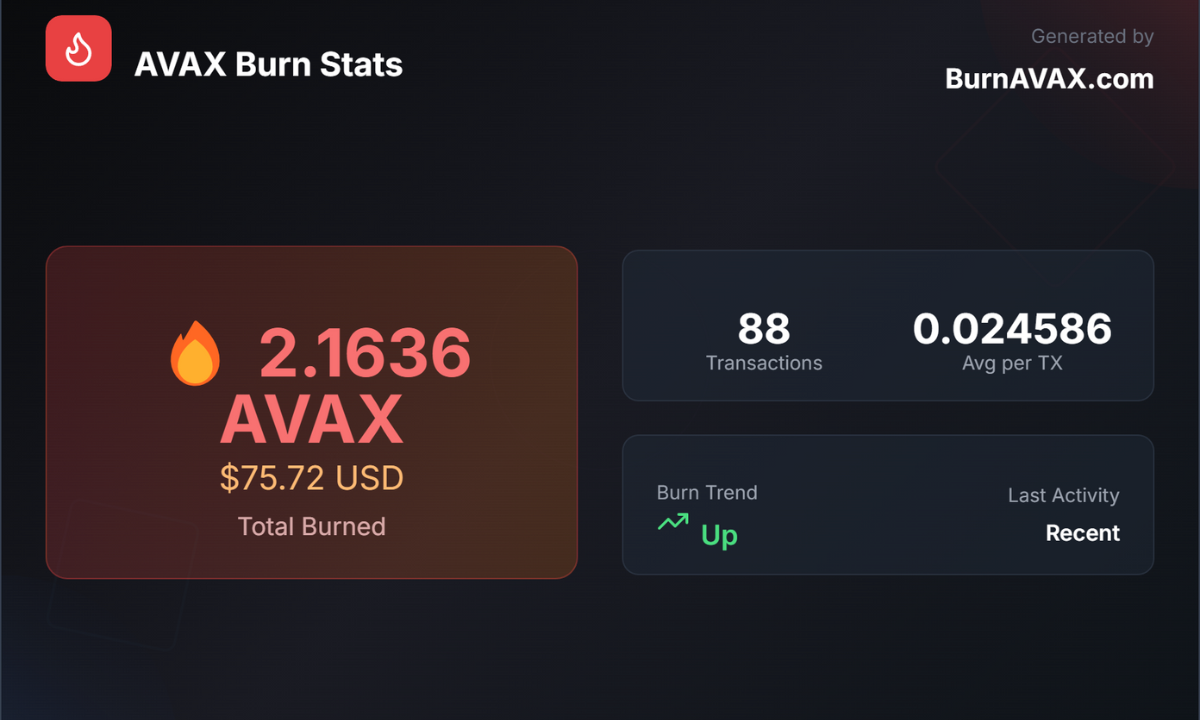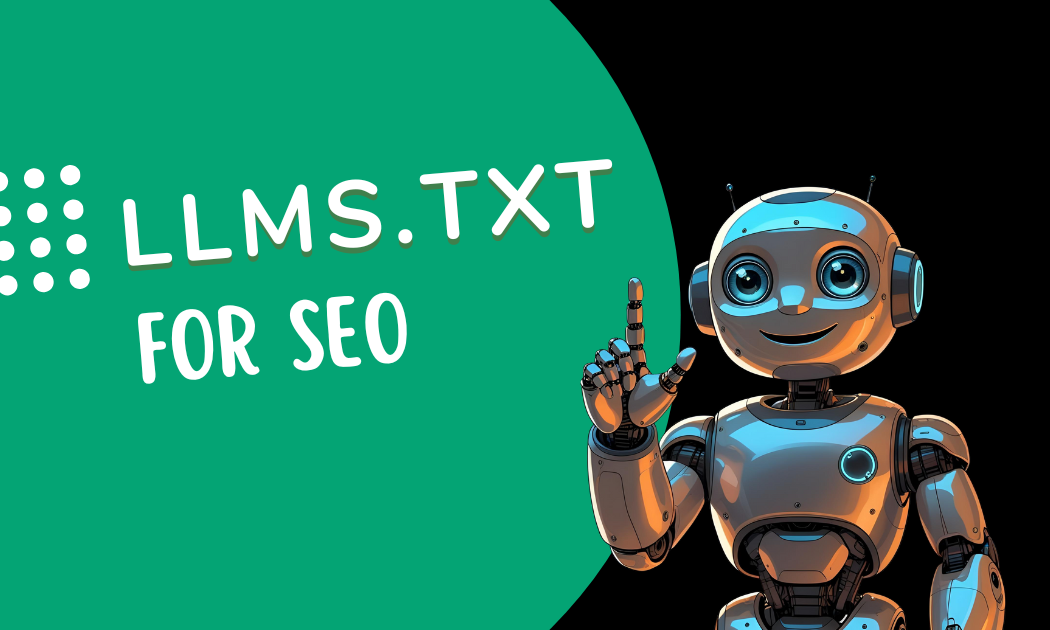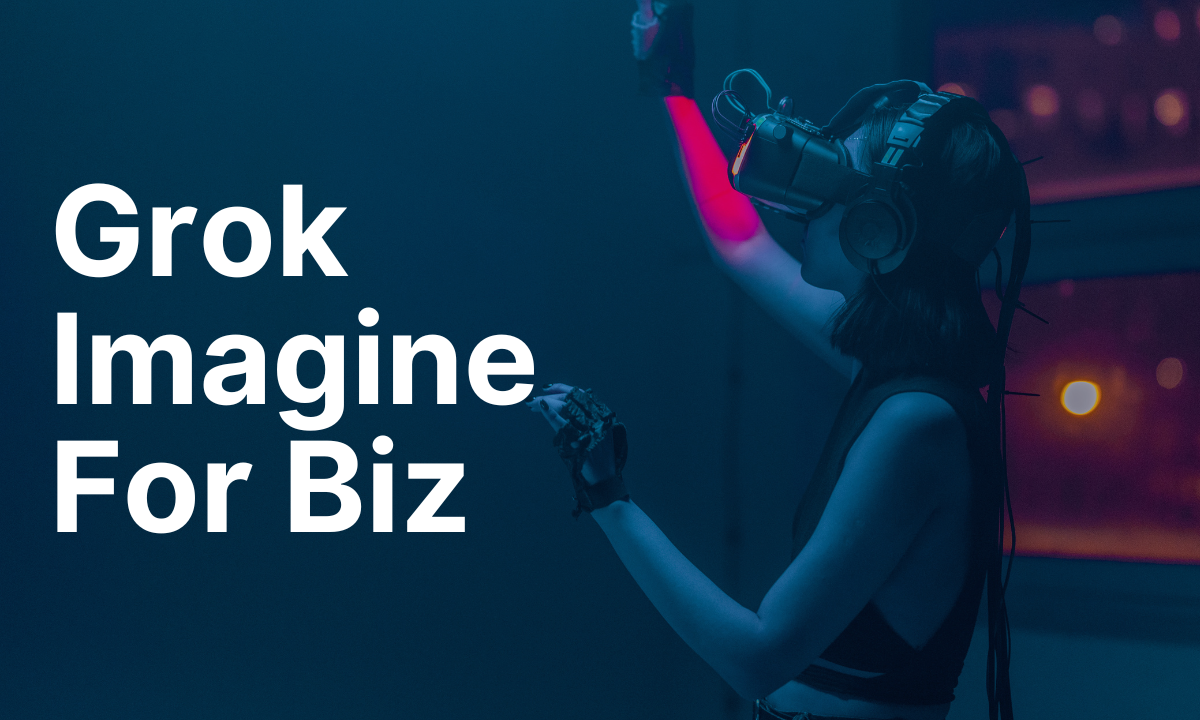Best Website Builders 2025: React vs WordPress vs Webflow Compared
In 2025, building a website is a critical decision for businesses, freelancers, and creators. With countless frameworks and platforms available, choosing the right one can feel overwhelming. This comprehensive guide compares three popular options—custom code (React), WordPress, and Webflow—detailing their pros, cons, and ideal use cases to help you make an informed choice.
Whether you’re prioritizing performance, ease of use, or scalability, this article will break down each platform’s strengths and weaknesses, ensuring your website aligns with your business or personal goals. Let’s dive in.
Why Choosing the Right Framework Matters
Your website is often the first impression users have of your brand. A poorly chosen framework can lead to slow load times, accessibility issues, or high maintenance costs, while the right one can enhance user experience (UX), improve SEO, and scale with your needs. In 2025, Google’s algorithms prioritize mobile-first indexing, Core Web Vitals, and accessibility, making your framework choice more critical than ever.
This guide evaluates:
- Custom Code (React): A JavaScript library for building dynamic, high-performance websites.
- WordPress: A content management system (CMS) powering over 40% of the web.
- Webflow: A no-code platform for designing and deploying responsive websites.
Below, we’ll explore each option, provide comparison tables, and offer actionable insights.
Custom Code (React): Ultimate Flexibility, Maximum Control
React, developed by Facebook, is a JavaScript library for building user interfaces, particularly single-page applications (SPAs). It’s a go-to choice for developers seeking full control over their website’s functionality and performance.
Pros of React
- Performance: Speed is everything. React’s virtual DOM ensures fast rendering, making it ideal for dynamic, content-heavy sites.
- Flexibility: Developers can create custom features tailored to specific needs, from interactive dashboards to complex e-commerce systems.
- Scalability: React is perfect for large-scale applications, as seen in platforms like Netflix and Airbnb.
- SEO Optimization: With server-side rendering (SSR) via Next.js, React sites can achieve excellent SEO performance.
- Community & Ecosystem: A vast ecosystem of libraries (e.g., Redux, React Router) and a strong developer community ensure robust support.
- Accessibility: Developers can implement WCAG 2.1-compliant features, ensuring inclusivity when coded properly.
Cons of React
- Steep Learning Curve: Requires knowledge of JavaScript, JSX, and modern tooling (e.g., Webpack, Babel).
- High Development Cost: Custom coding is time-intensive and often requires hiring experienced developers.
- Maintenance: Ongoing updates and bug fixes demand dedicated resources.
- Initial Setup Complexity: Configuring build tools and optimizing for SEO or accessibility takes effort.
Best Use Cases for React
- Startups or businesses needing highly customized, scalable web applications.
- Projects requiring real-time data (e.g., dashboards, chat apps).
- Teams with access to skilled developers and larger budgets.
WordPress: The Versatile CMS Powerhouse
WordPress is the world’s most popular CMS, known for its flexibility and ease of use. From blogs to e-commerce stores, it caters to a wide range of users.
Pros of WordPress
- Ease of Use: Non-technical users can manage content via an intuitive dashboard.
- Extensive Plugin Ecosystem: Over 60,000 plugins enable features like SEO (Yoast), e-commerce (WooCommerce), and accessibility (WP Accessibility).
- Themes: Thousands of customizable themes simplify design, many optimized for mobile and SEO.
- Community Support: A massive user base and developer community offer tutorials, forums, and resources.
- Cost-Effective for Small Projects: Affordable hosting and free themes/plugins suit budget-conscious users.
- SEO-Friendly: Plugins and themes are designed with Google’s 2025 ranking factors in mind, including Core Web Vitals.
Cons of WordPress
- Performance Issues: Heavy reliance on plugins can slow down sites if not optimized.
- Security Risks: Popular platforms are hacking targets; regular updates and security plugins are essential.
- Limited Customization: Complex features may require custom coding, negating some ease-of-use benefits.
- Maintenance Overhead: Frequent updates to themes, plugins, and core software can be time-consuming.
Best Use Cases for WordPress
- Small to medium-sized businesses needing a quick, cost-effective website.
- Bloggers or content creators prioritizing ease of content management.
- E-commerce stores leveraging WooCommerce for straightforward setups.
Webflow: No-Code Design with Professional Results
Webflow is a no-code platform that bridges the gap between design and development, offering pixel-perfect control without writing code.
Pros of Webflow
- Visual Design Freedom: A drag-and-drop interface allows designers to create custom layouts with precision.
- Responsive Design: Built-in tools ensure mobile-friendly, accessible websites.
- SEO Optimization: Native features like clean code, meta tags, and fast hosting align with Google’s 2025 standards.
- No Maintenance Hassle: Webflow handles hosting, updates, and security, freeing users from technical upkeep.
- E-commerce Support: Robust tools for building online stores with dynamic content.
- Accessibility: Built-in features support WCAG compliance, though manual checks are needed.
Cons of Webflow
- Learning Curve: While no-code, mastering Webflow’s interface takes time for complex projects.
- Limited Scalability: Less suited for large-scale applications or heavy data processing compared to React.
- Cost: Pricing can be high for larger sites or e-commerce, with plans starting at $14/month (2025 pricing).
- Vendor Lock-In: Exporting code is possible, but migrating to another platform can be challenging.
Best Use Cases for Webflow
- Designers or small businesses wanting professional, custom websites without coding.
- Portfolios, landing pages, or marketing sites needing fast deployment.
- Teams prioritizing design control and minimal maintenance.
Making the Right Choice for Your Goals
Choosing a framework depends on your priorities, budget, and technical expertise. Here’s a breakdown to guide your decision:
1. For Maximum Customization and Scalability
- Choose React if you have the budget and need a high-performance, bespoke website. It’s ideal for startups, tech companies, or projects requiring real-time features. Pair with Next.js for SEO and accessibility.
- Example: A SaaS platform with interactive dashboards.
2. For Ease of Use and Content Management
- Choose WordPress if you’re a small business, blogger, or e-commerce store owner seeking affordability and simplicity. Use plugins like Yoast for SEO and WP Accessibility for WCAG compliance.
- Example: A local restaurant’s website with a blog and online ordering.
3. For Design-Driven, Low-Maintenance Sites
- Choose Webflow if you’re a designer or small business wanting a professional site without coding. It’s perfect for portfolios, marketing sites, or small e-commerce stores.
- Example: A freelancer’s portfolio showcasing creative work.
Key Considerations
- Budget: React requires the highest investment, while WordPress is budget-friendly. Webflow’s subscription model suits mid-range budgets.
- Team Expertise: Non-technical teams may struggle with React but thrive with WordPress or Webflow.
- Time to Launch: WordPress and Webflow enable faster launches than custom-coded React sites.
- SEO & Accessibility: All three can meet Google’s 2025 standards, but React and Webflow require more manual optimization for accessibility.
SEO Optimization Tips for 2025
Regardless of your framework, align your website with Google’s 2025 ranking factors:
- Core Web Vitals: Optimize for Largest Contentful Paint (LCP), First Input Delay (FID), and Cumulative Layout Shift (CLS). React and Webflow excel here with clean code.
- Mobile-First Design: Ensure responsive layouts, especially with WordPress themes or Webflow’s tools.
- Accessibility: Implement WCAG 2.1 guidelines. Use tools like axe or Lighthouse to audit your site.
- Content Quality: Create valuable, user-focused content (like this guide) to boost E-E-A-T (Experience, Expertise, Authoritativeness, Trustworthiness).
- Site Speed: Use CDNs, image optimization, and caching. WordPress users can leverage plugins like WP Rocket.
Resources to Get Started
- React:
- WordPress:
- Webflow:
Conclusion
In 2025, choosing between React, WordPress, and Webflow depends on your goals, budget, and technical expertise. React offers unmatched flexibility for complex, scalable projects but demands significant resources. WordPress is the go-to for content-driven sites with tight budgets and non-technical users. Webflow strikes a balance, offering design freedom and low maintenance for professional, small-scale sites.
Evaluate your needs, consult the comparison table, and leverage the provided resources to build a website that excels in performance, SEO, and user experience. Your perfect framework is out there—make the choice that sets you up for success.
Still not sure where to begin? Veduis specializes in building websites tailored exactly to your needs. Contact us today for a free consultation and let’s get you online.






